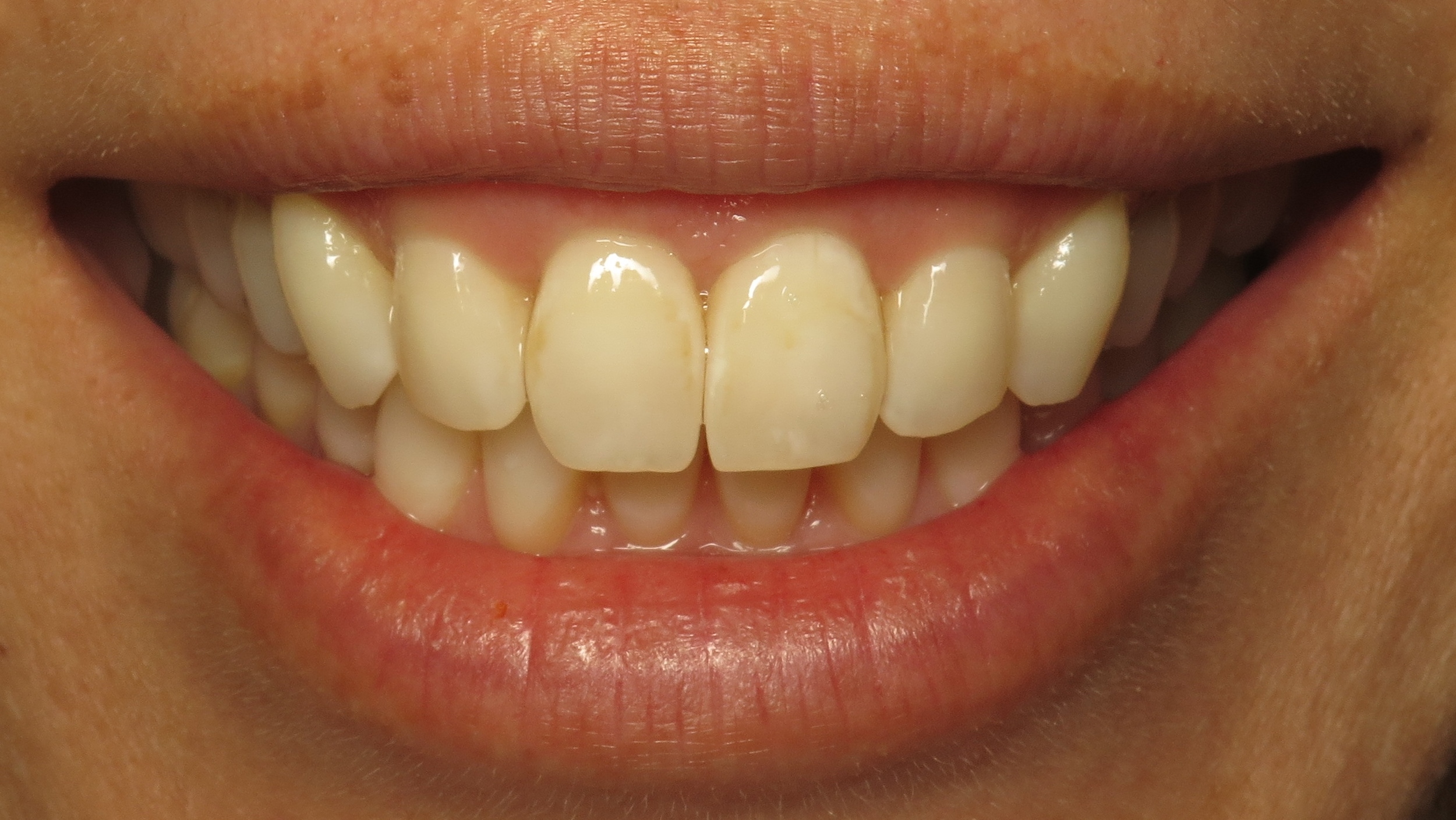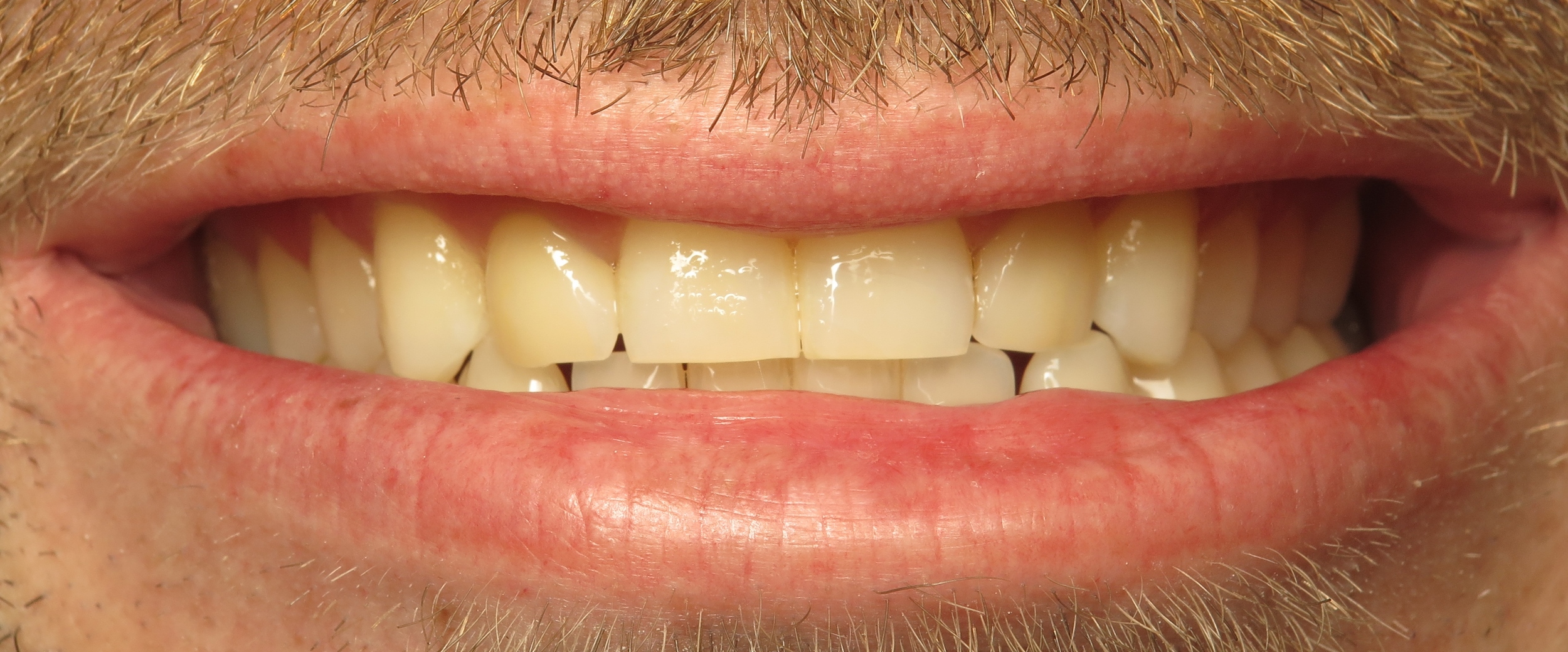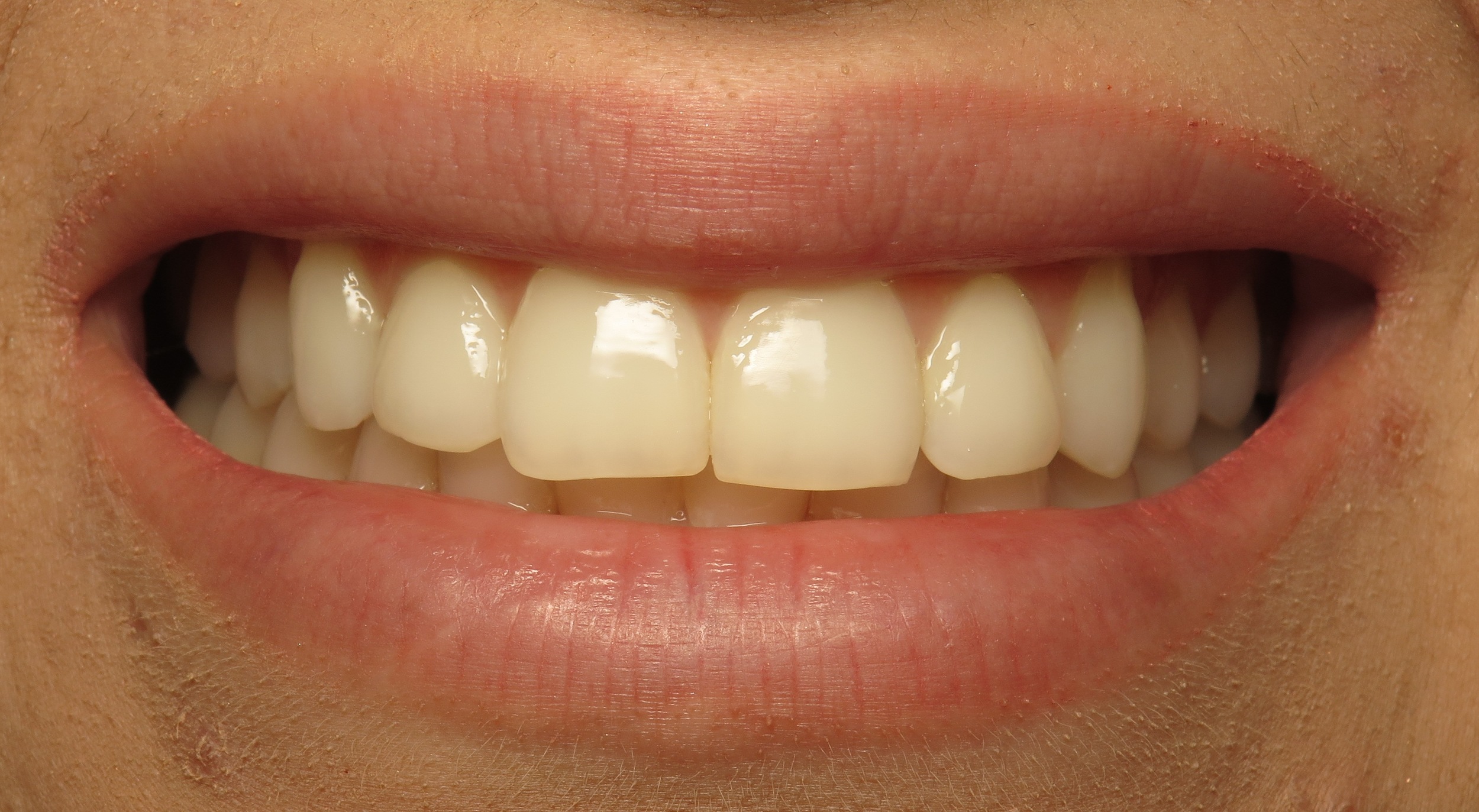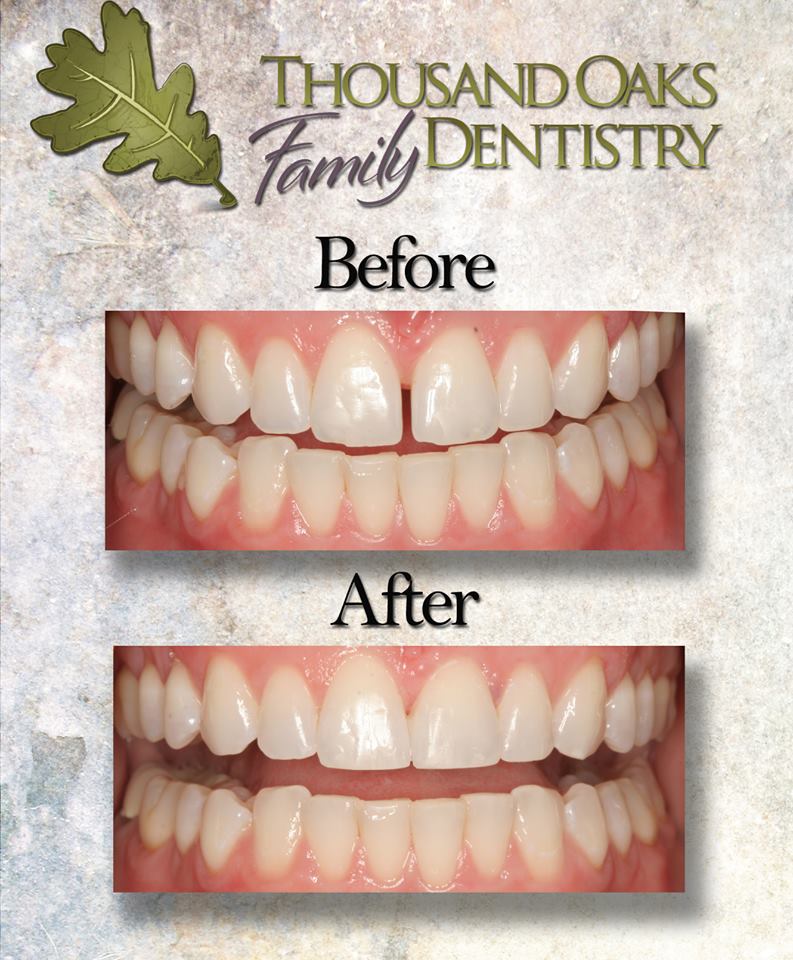This new tooth was restored using only bonding and disking. What a change!
Teeth can become cosmetically damaged through a number of different means; from chipping to fractures, staining, decay or even as a result of problems in development. Likewise, our office offers a variety of ways to restore your teeth and make them appear natural in your mouth once again.
As with any procedure, we start the process by making sure the tooth in question is sill alive and healthy. There is no sense in restoring a tooth with serious underlying problems. Secondly, we assess the extent of the damage. For minor chips and blemishes, a combination of bonding and “disking” may be the perfect fix. This process is virtually drill-less and conserves as much tooth structure as possible. You may be surprised to see what we can achieve without a crown or veneer!
For teeth with larger blemishes, or those missing a substantial amount of structure, we will often elect to utilize a crown or veneer. Cosmetic veneers are usually placed on anterior (front) teeth to modify their appearance. Since they are cemented to only one surface, they do not add any additional structural integrity. In other words, the underlying tooth must be in good condition to receive a veneer. In contrast, crowns can be used to improve the cosmetics of a tooth that has lost a significant amount of structure. Since crowns wrap around the tooth, they can restore shape in every dimension while adding strength and rigidity to the underlying enamel and dentin.
In any instance, the result of your treatment will be a beautiful and natural looking tooth. We pride ourselves in offering high quality cosmetic solutions, no matter what the problem. If you would like to know more about bonding, veneers or crowns, please give us a call!
















